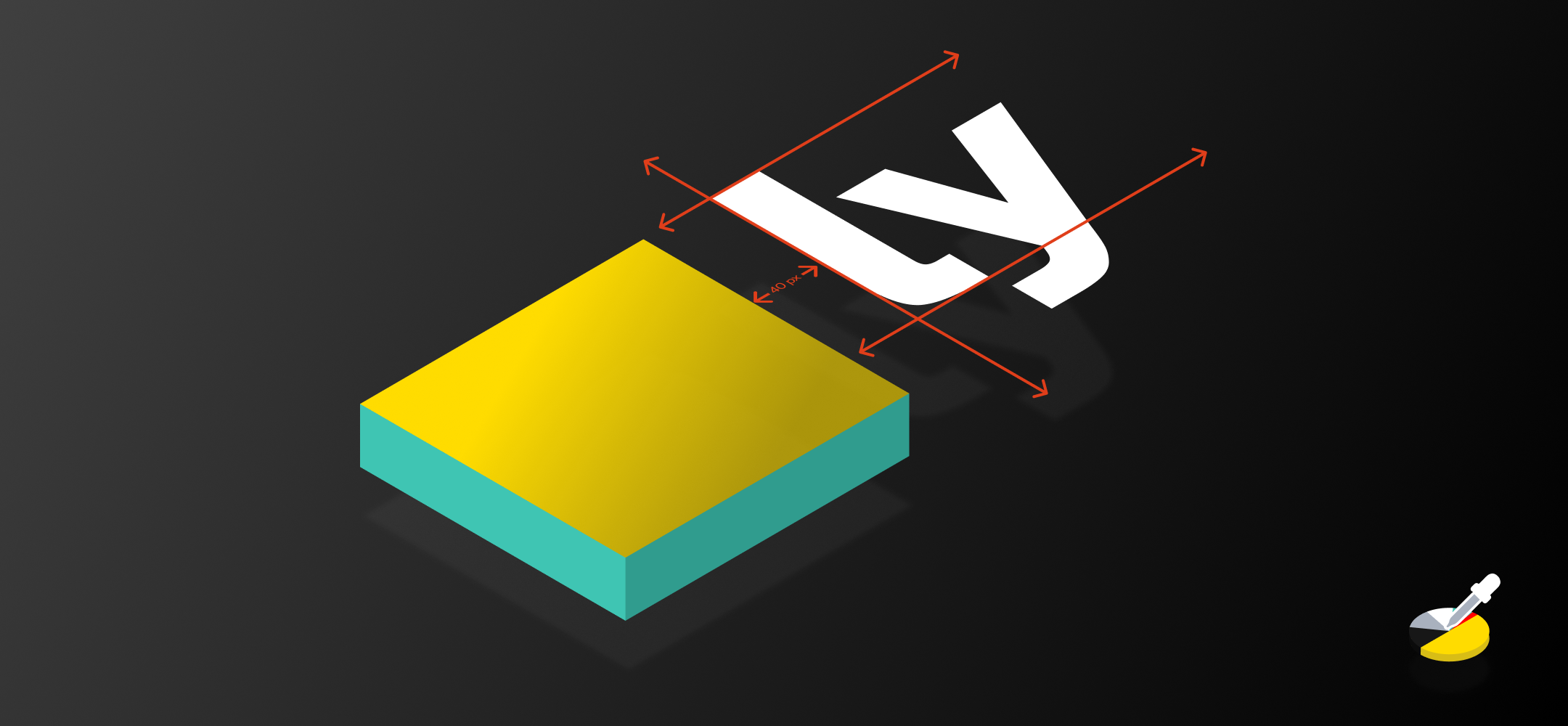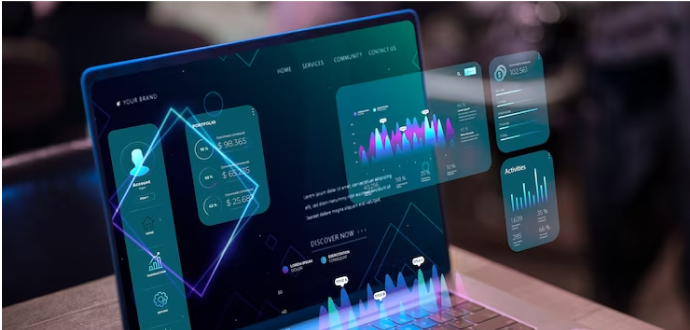In today's rapidly evolving digital landscape, the collaboration between design and development teams has become increasingly complex. A design system ensures uniformity for user recognition and consistency.

Design systems, which provide a framework for creating cohesive and consistent user interfaces, have emerged as a critical tool for streamlining the design process. However, with the rise of artificial intelligence (AI), there is an opportunity to further enhance collaboration and efficiency in design systems.
Design systems are comprehensive collections of reusable components, guidelines, and standards that provide a framework for creating cohesive and consistent user interfaces. They encompass everything from typography and colour palettes to interactive elements and layout grids, serving as the foundation for a brand's visual identity and user experience.
With the advent of AI technologies, designers now have access to a wide range of intelligent tools that can automate repetitive tasks, generate design suggestions, and provide data-driven insights. These AI-powered tools have the potential to revolutionise the design process, enabling designers to work more efficiently and collaboratively.
Traditional collaboration between design and development teams often involves siloed workflows, communication barriers, and a lack of real-time feedback and iteration. This can lead to inefficiencies, inconsistencies, and delays in the design process, ultimately impacting the quality of the final product.
As AI continues to evolve, the future of design systems will likely involve deeper integration with intelligent tools and technologies. Predictive analytics, augmented reality (AR), and virtual reality (VR) are just a few examples of emerging trends that have the potential to reshape the way we collaborate and innovate in design systems.

In conclusion, the integration of AI with design systems represents a significant opportunity to enhance collaboration, efficiency, and innovation in the design process. By leveraging intelligent tools and technologies, designers can streamline workflows, automate repetitive tasks, and make more informed decisions, ultimately delivering more impactful and user-centric designs.